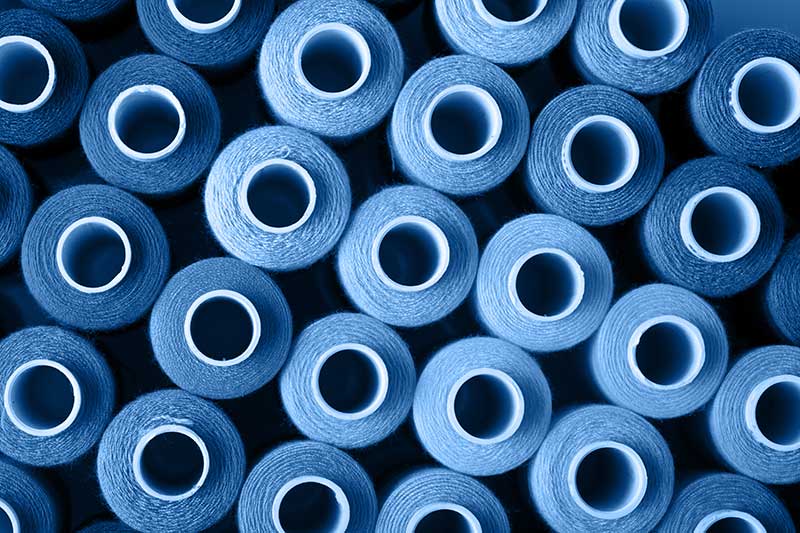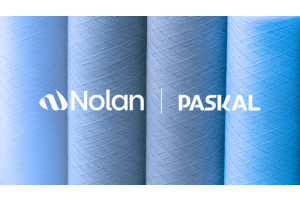
11 TIPS TO IMPROVE YOUR SEWING
Solutions To Thread Problems
Have you experienced challenges with threads in your sewing process? There are many variations in thread depending upon your use. Finding the best sewing thread can speed up your sewing process, prevent reworking of seams, and keep your customers happy. Outdoor, industrial, and commercial applications require high-quality, heavy-weight, and heavy-duty threads that last.
Here are some solutions to 11 common thread problems. We hope you find just the solution you're looking for but either way give your Paskal contact a call for help solving your issue.
1) Colours fading or bleeding into the fabric.
Find a thread that's solution-dyed, treated for UV resistance, bonded, or anti-wicking. These will help defend against sun and moisture to keep the colour in the thread, even in marine conditions.
2) Needle heat from your sewing machine.
Use a thread that's lubricated or specially engineered for high heat and high-speed machine sewing.
3) Fraying or breaking.
Fraying typically occurs when there are burs on the sewing machine needle. Breaking typically occurs either under fraying or because the tension is wrong. Fraying and breaking can also occur from the needle getting too hot in high-speed sewing machines – but this is highly unlikely with a lubricated thread.
4) Thread retaining water. Leaky seams.
Choose an anti-wicking, swelling (swellable), or monocord threads that fill the seams when wet to prevent leakage.
5) Shrinking, expanding, or warping thread.
Select a thread that's heat set to minimise shrinking and expanding.
6) Deterioration from mould, mildew, or chemicals.
Lubricated, coated, or bonded threads defend against these external factors.
7) Untwisting, ravelling, or knotting thread.
Monofilament thread provides one uniform strand, which means no untwisting. Bonding and lubrication also create a smoother surface to prevent knotting and abrasion.
8) Need a subtle or invisible seam.
With so many thread colour options available, you can usually colour-match your fabric. You can also try a thinner thread for a finer seam or a clear thread for an invisible seam.
9) Difficulty with hook pickup.
Try a thread with twisted yarn to improve hook pickup.
10) Thread falling off the spool.
Use a snap base to prevent thread from falling off the spool when taken off the sewing machine.
11) Thread failing in marine conditions.
Choose a bonded polyester or PTFE thread for marine environments for their durability, thread tension, and weather defense. One specifically marked as bleed resistant is a plus.








